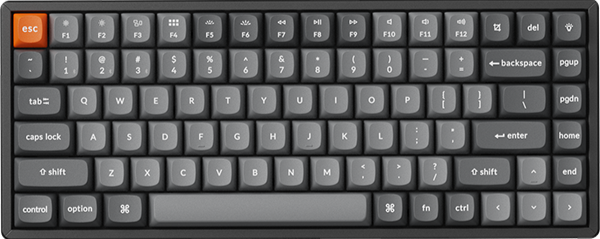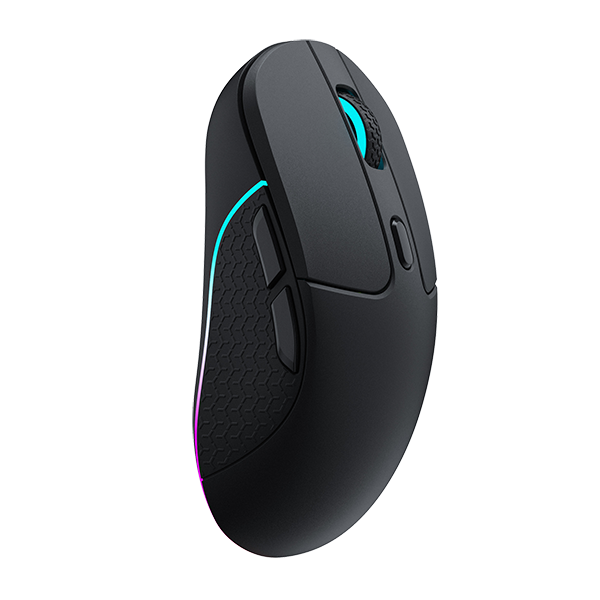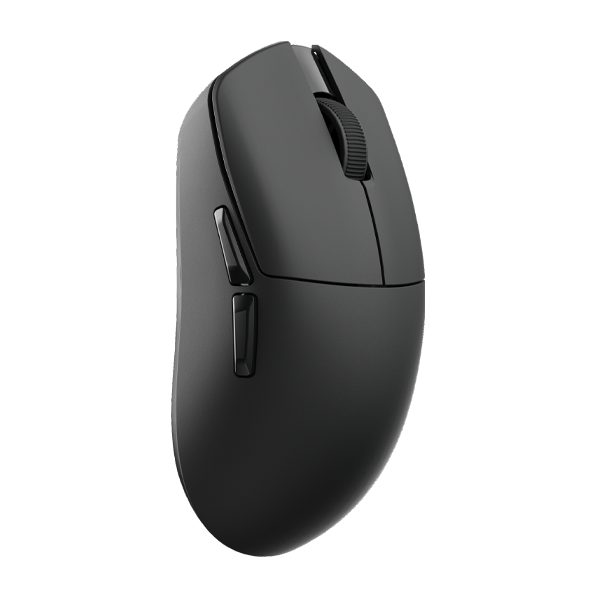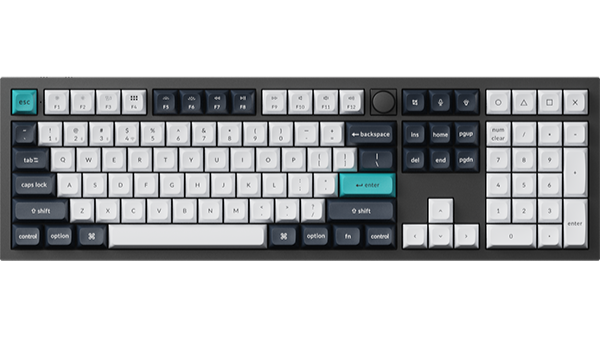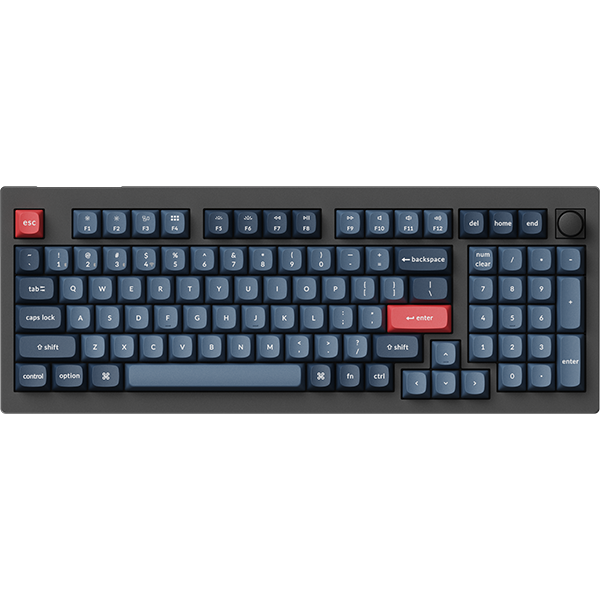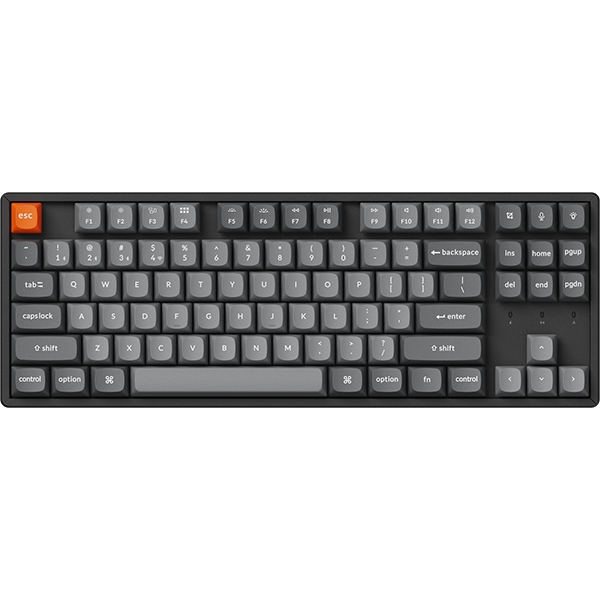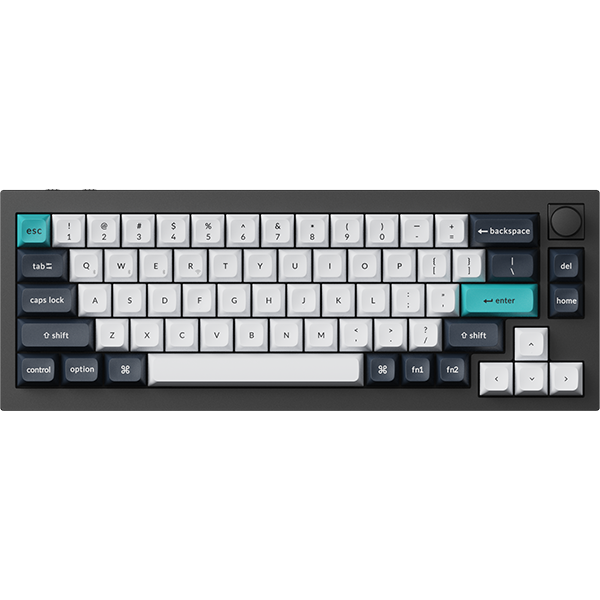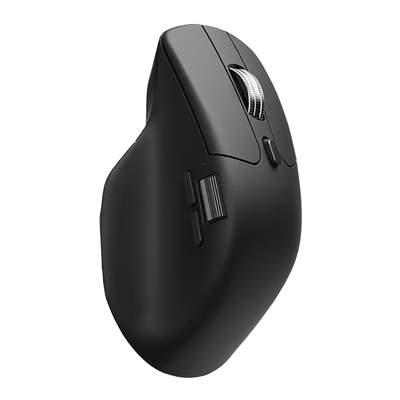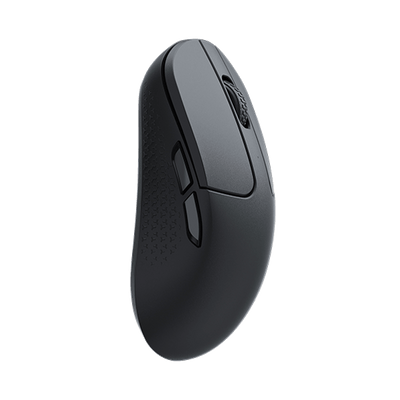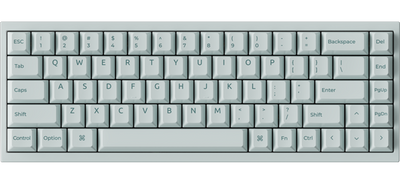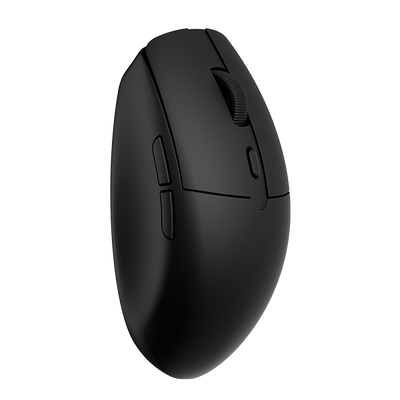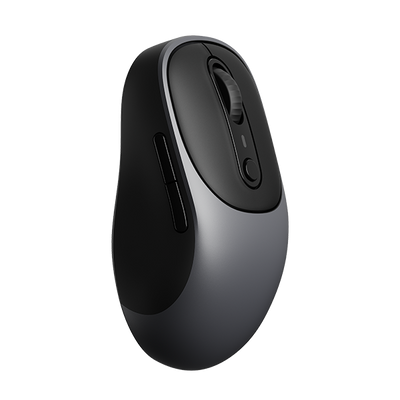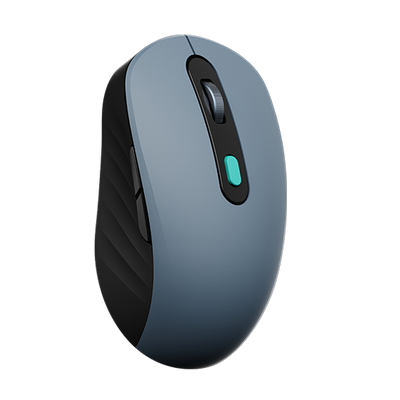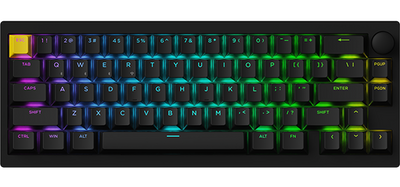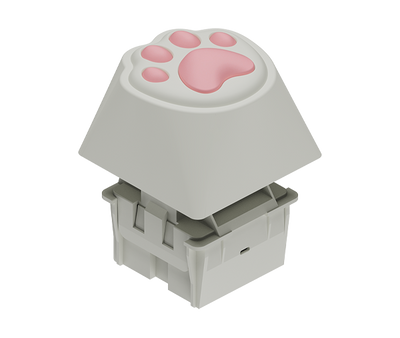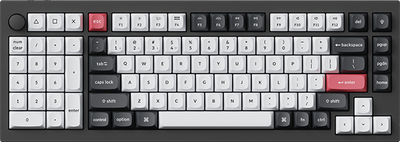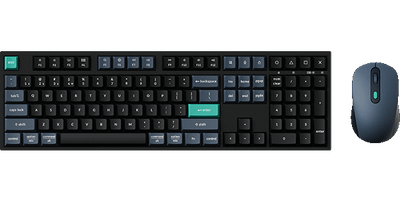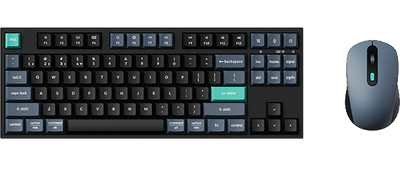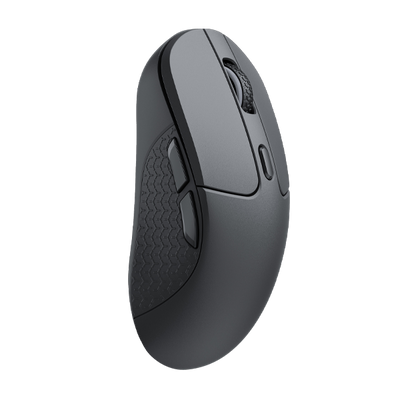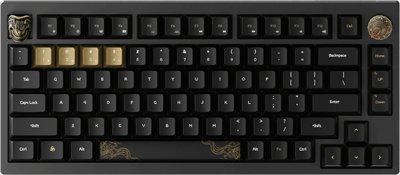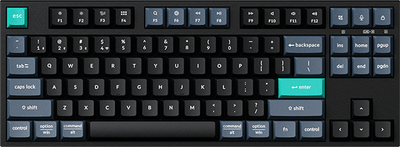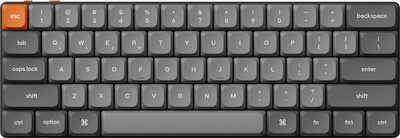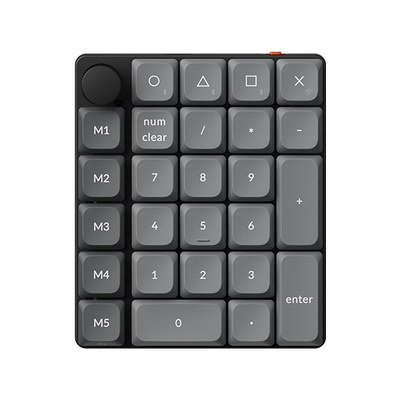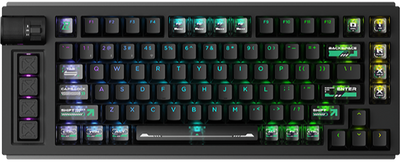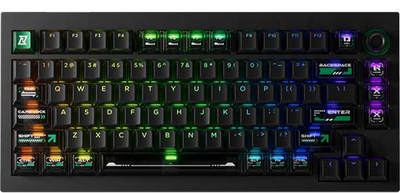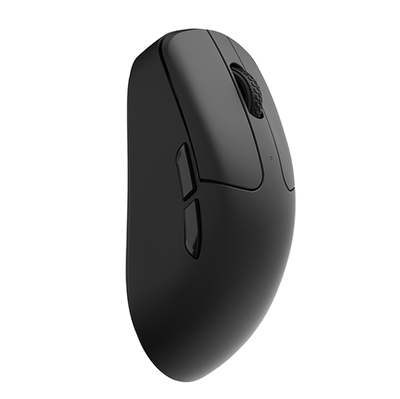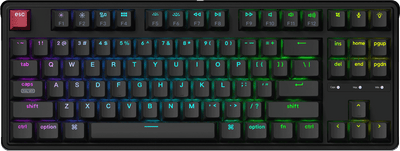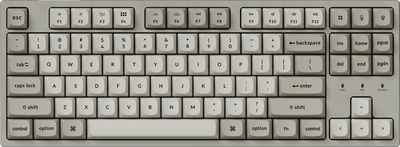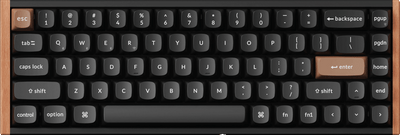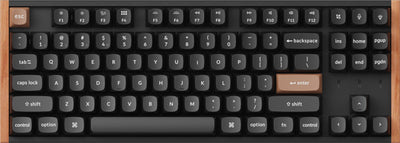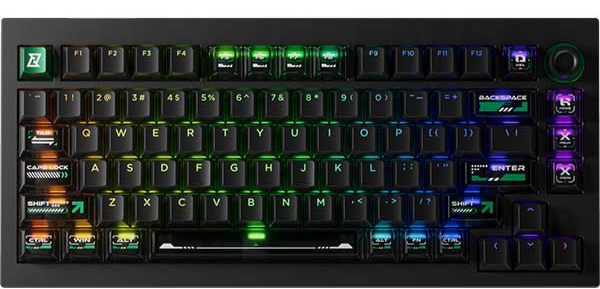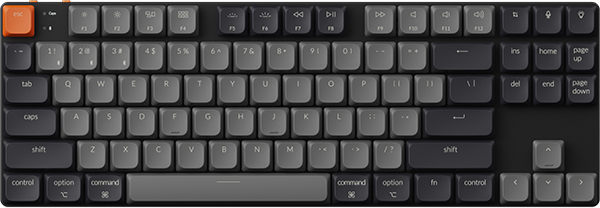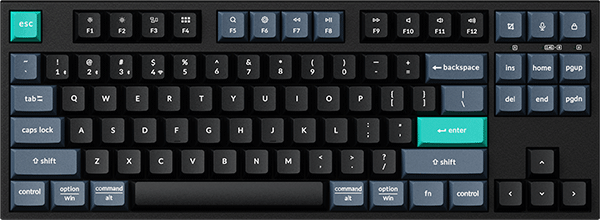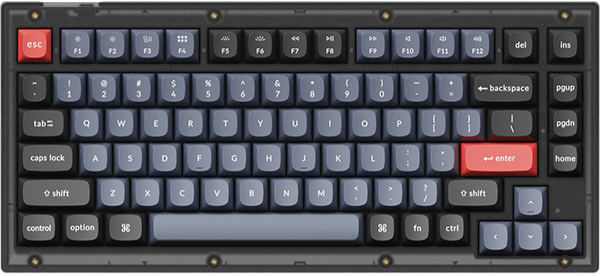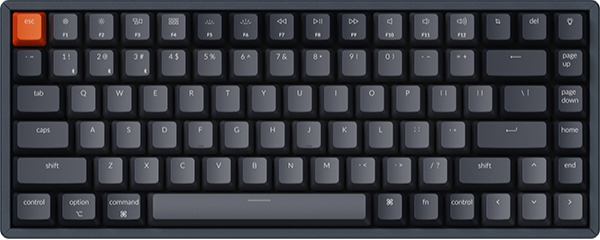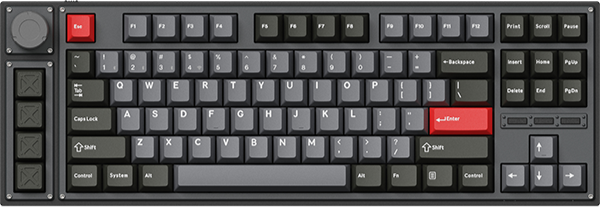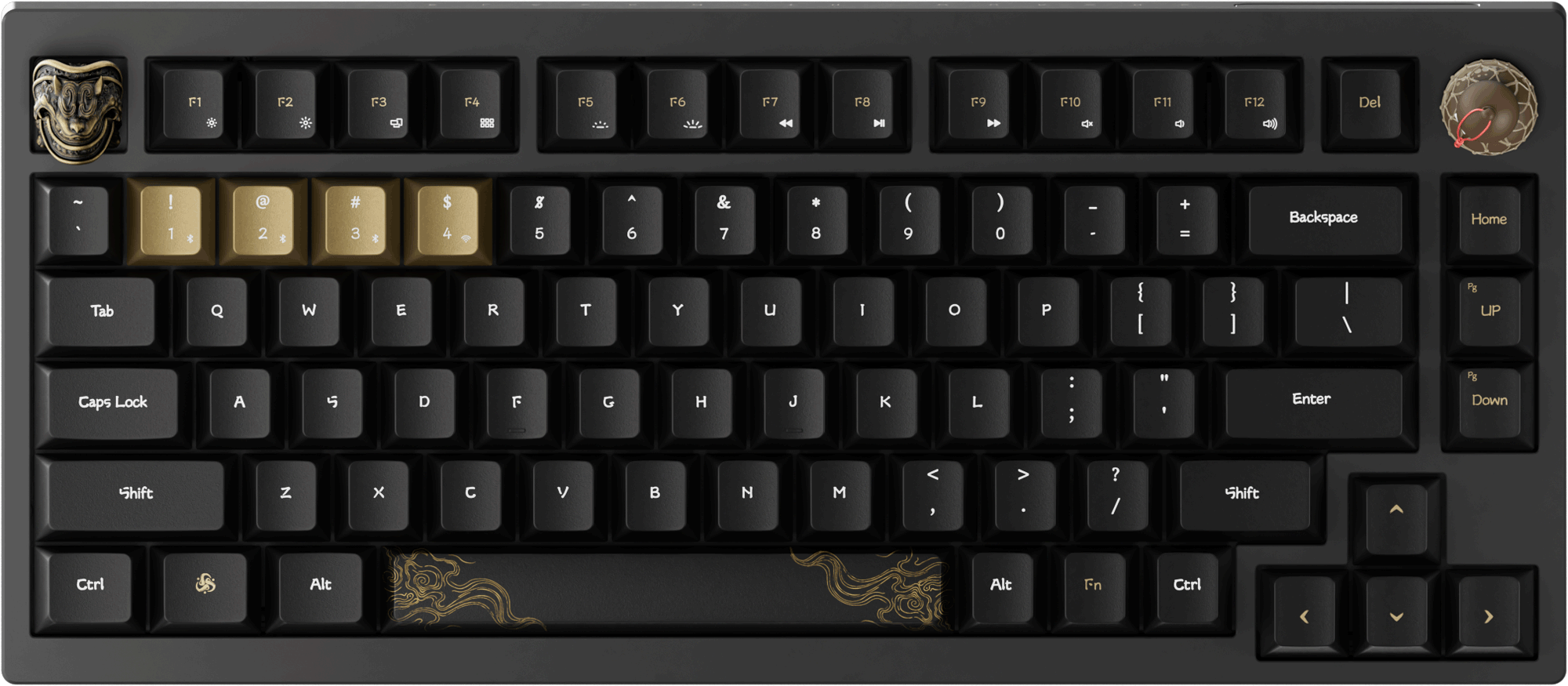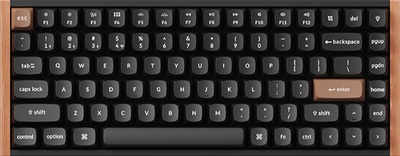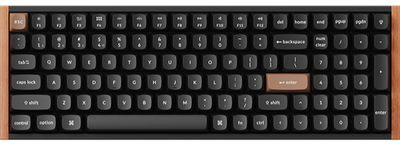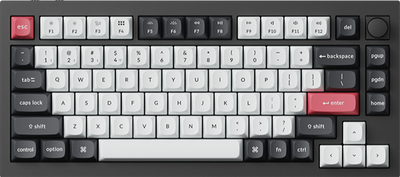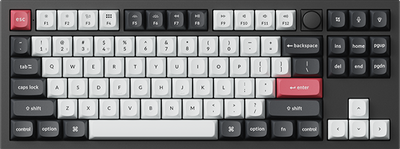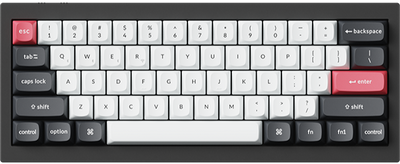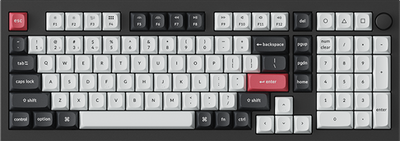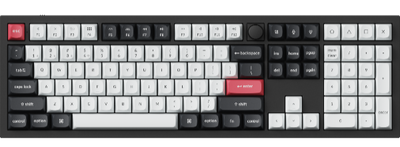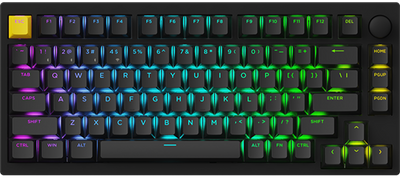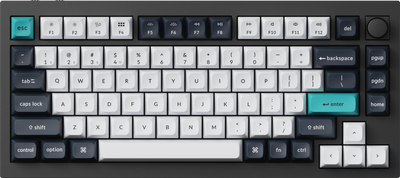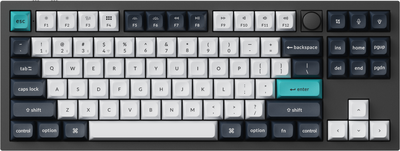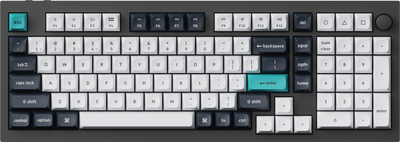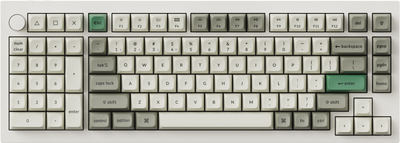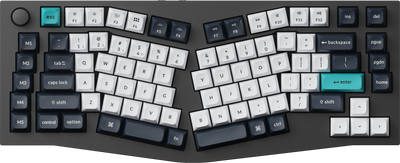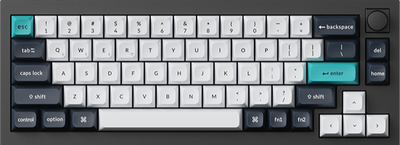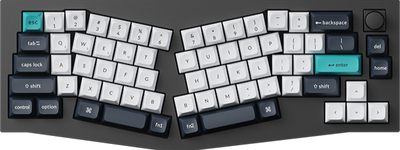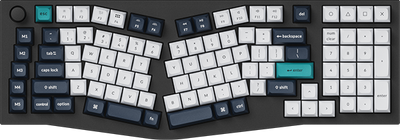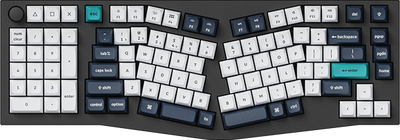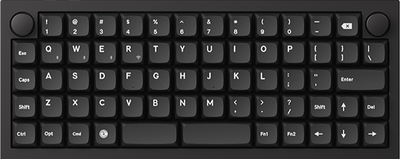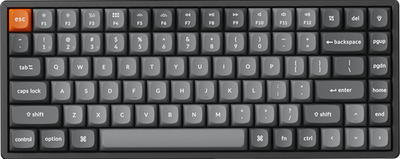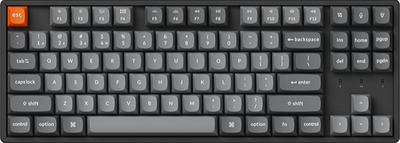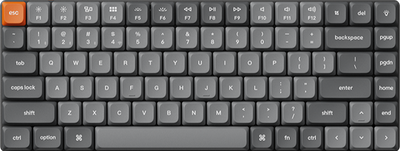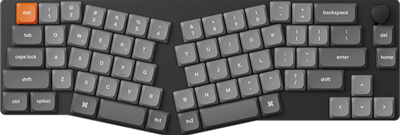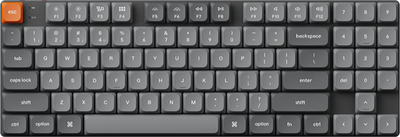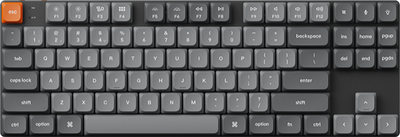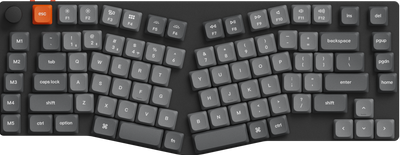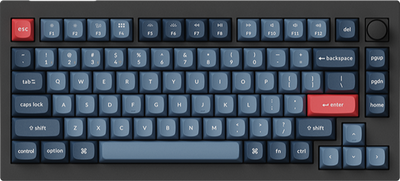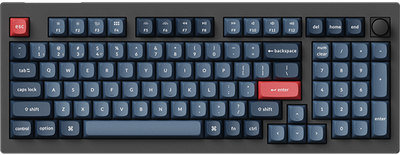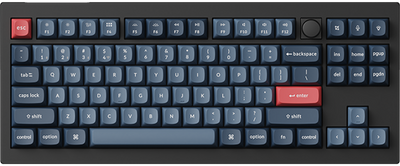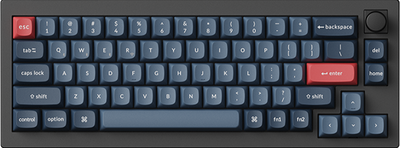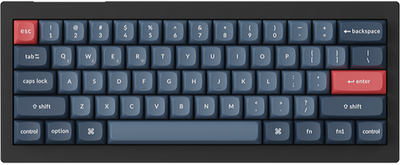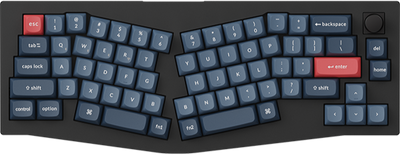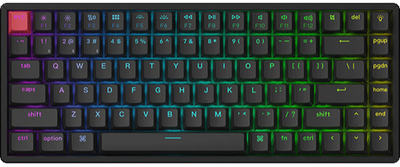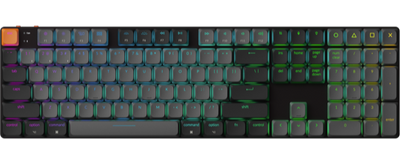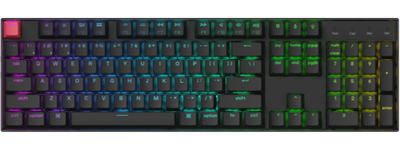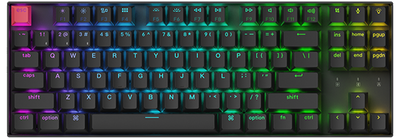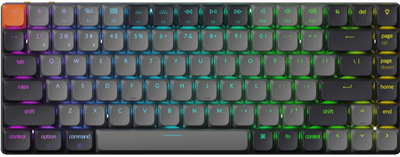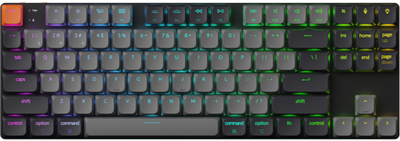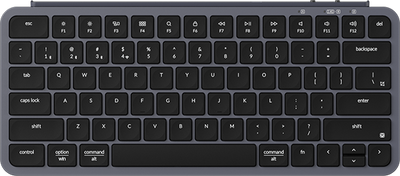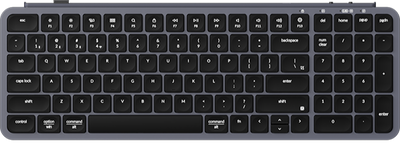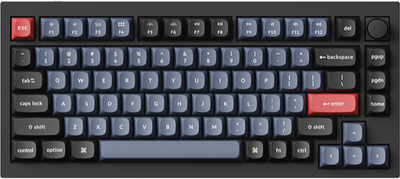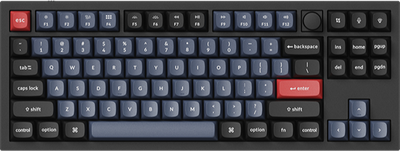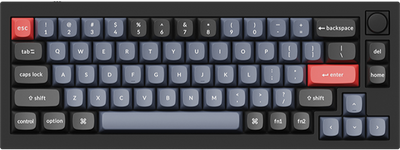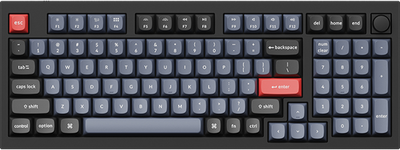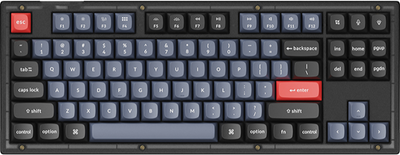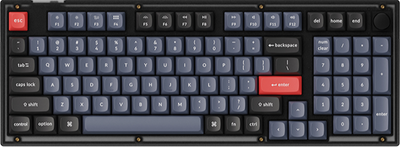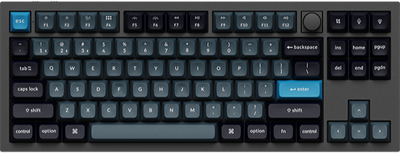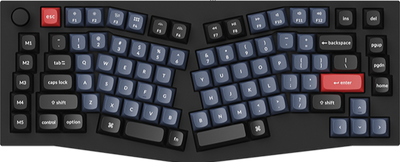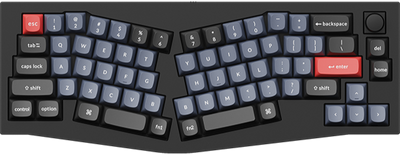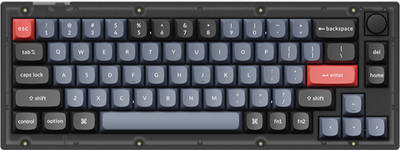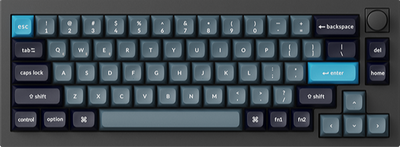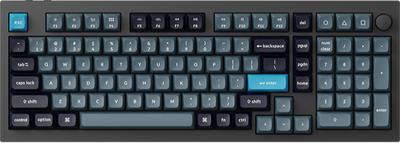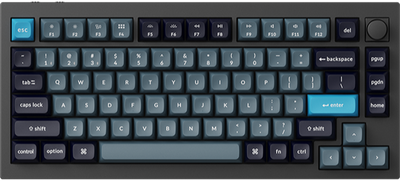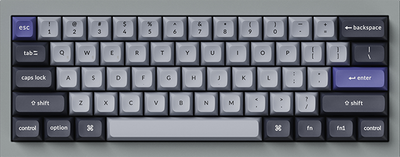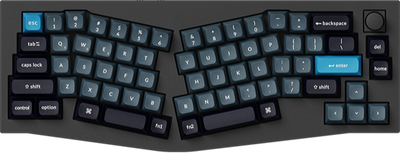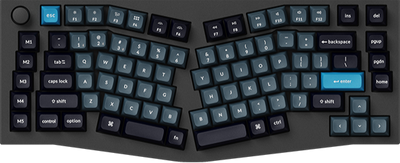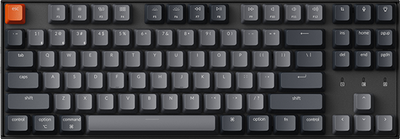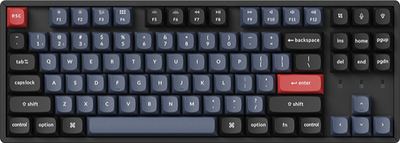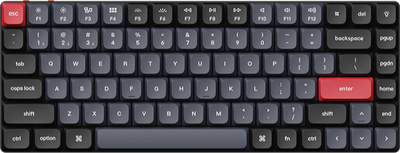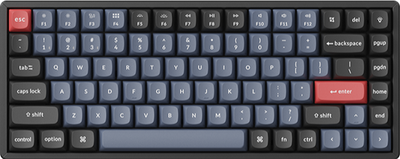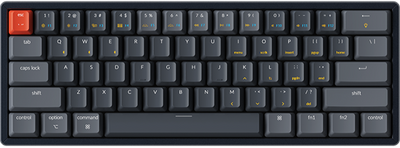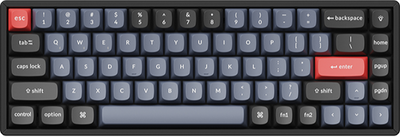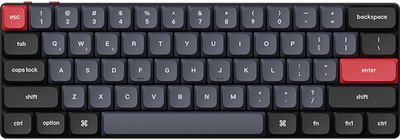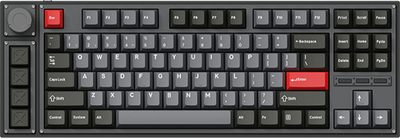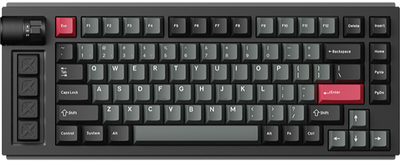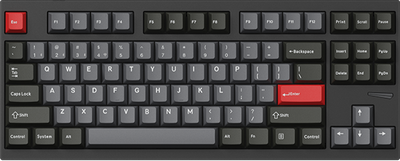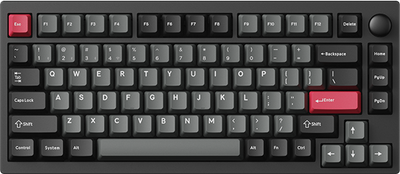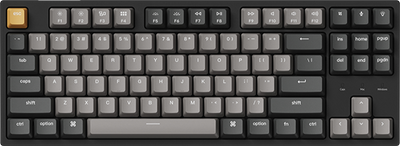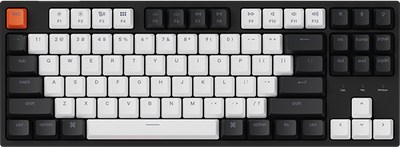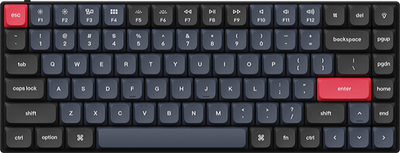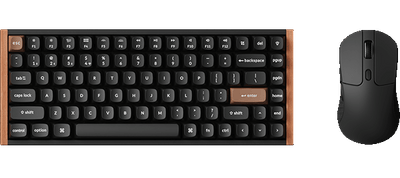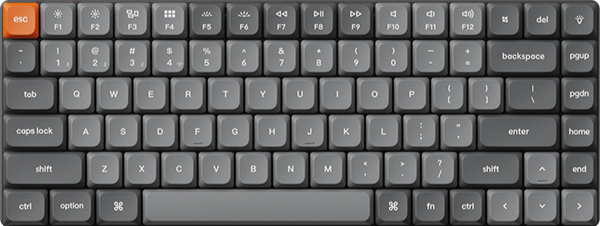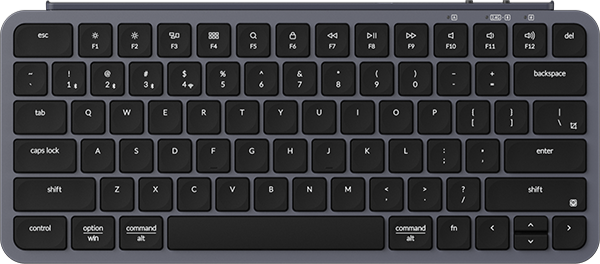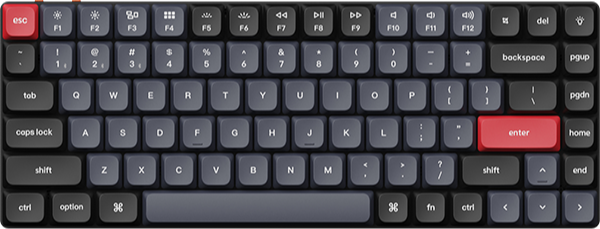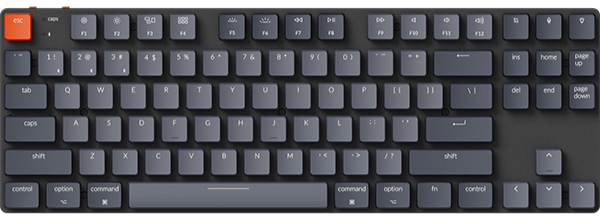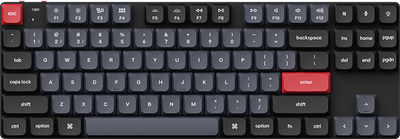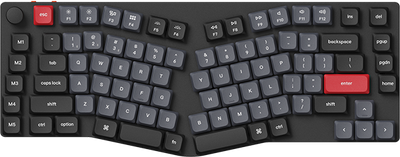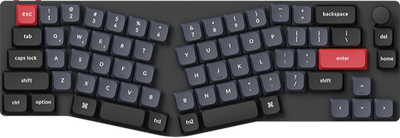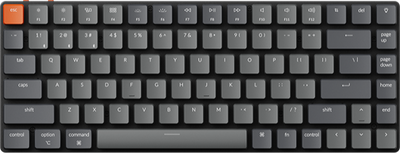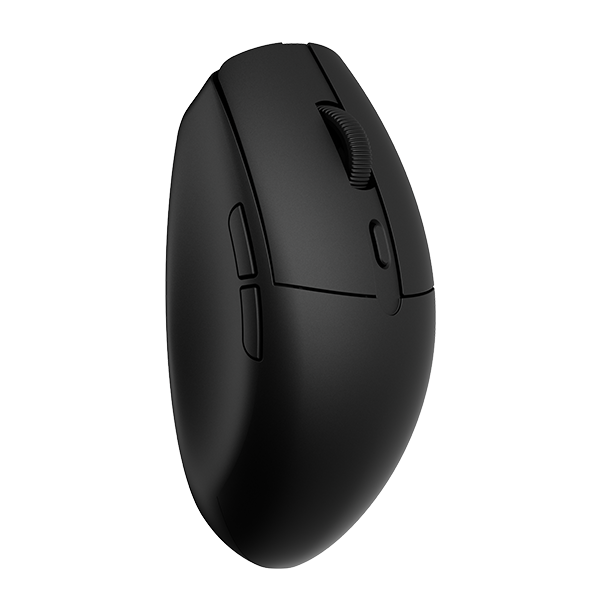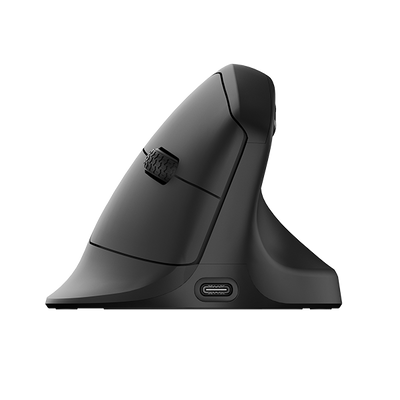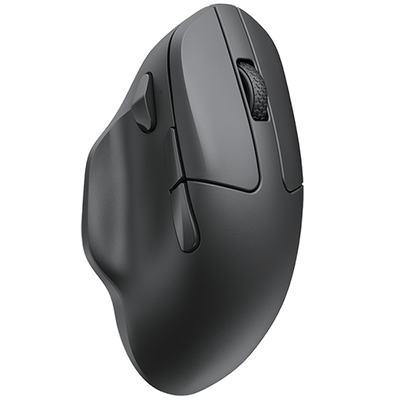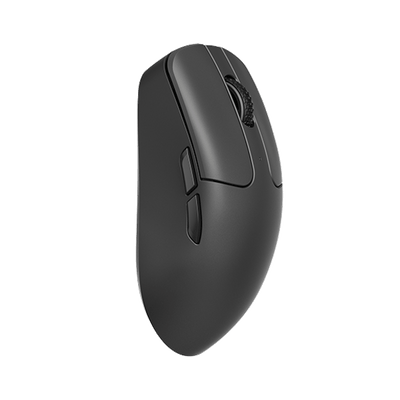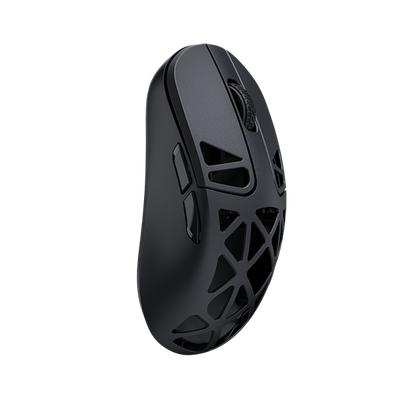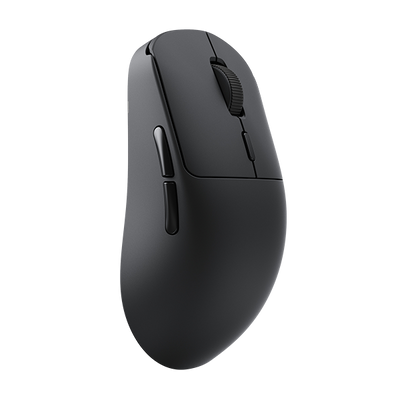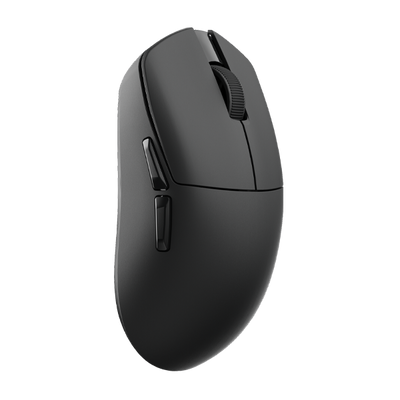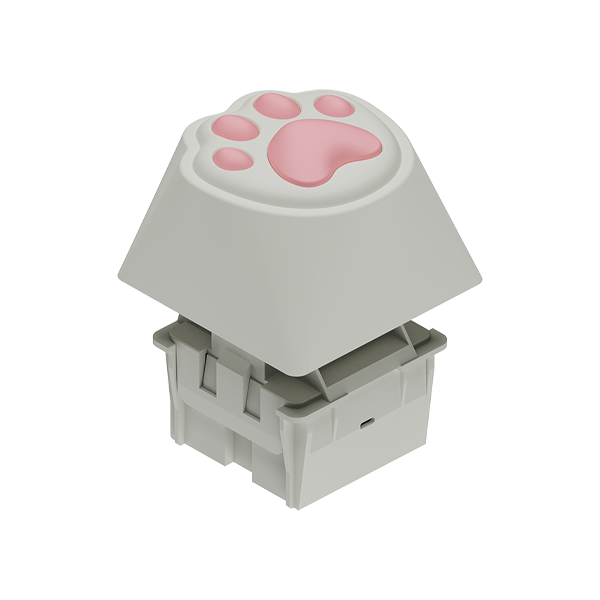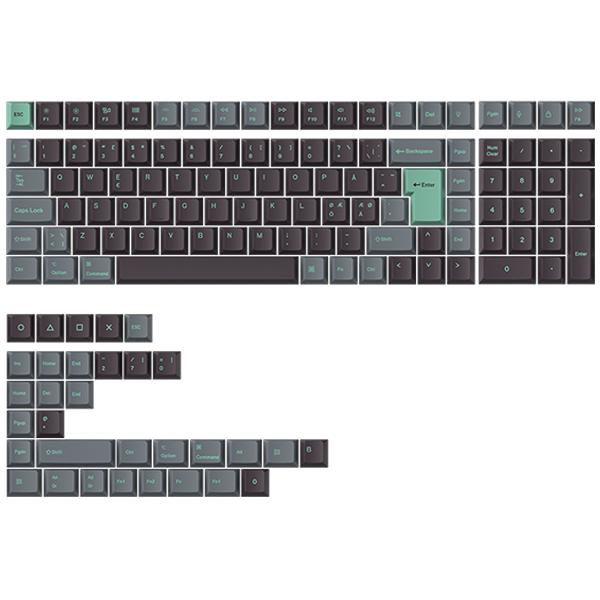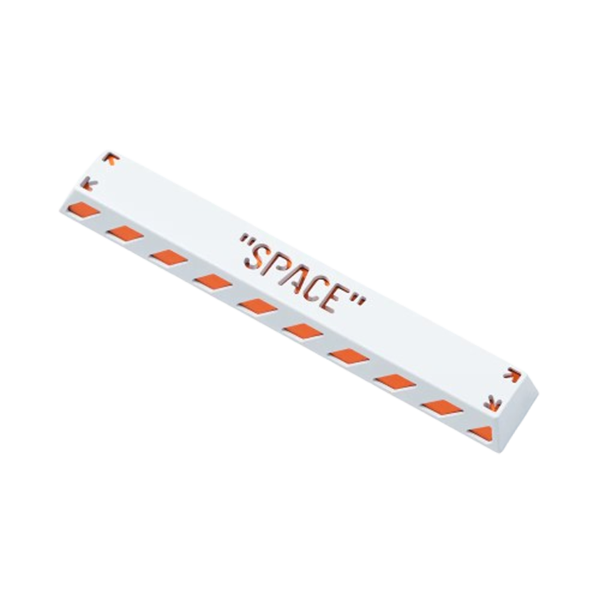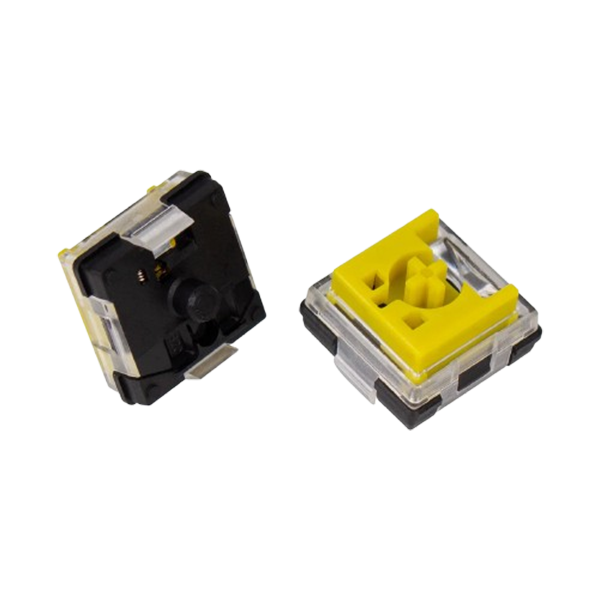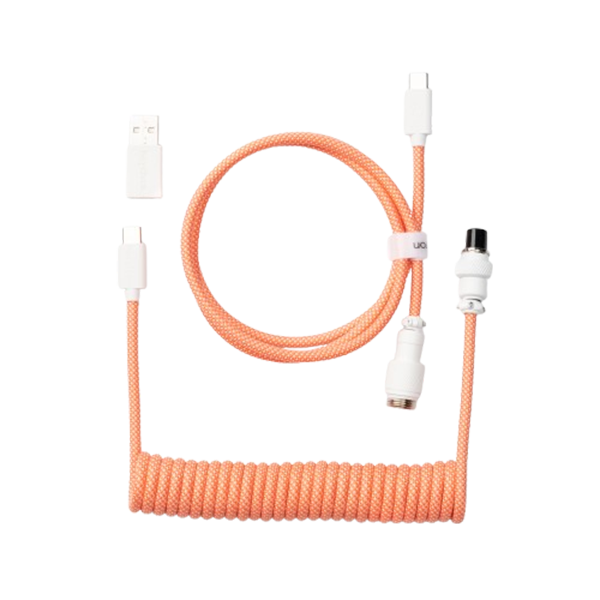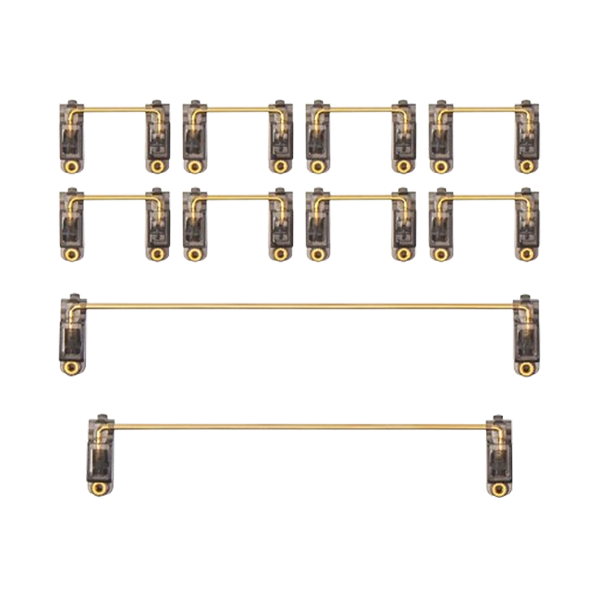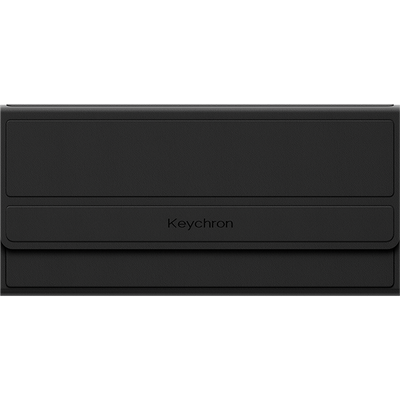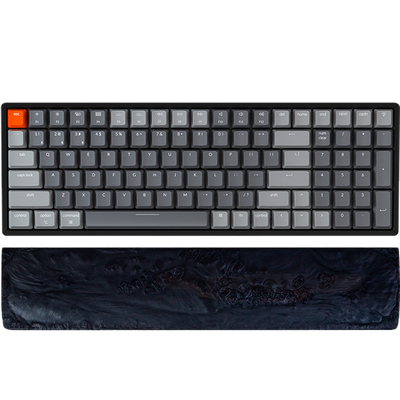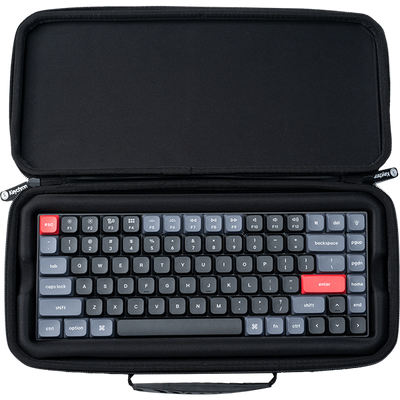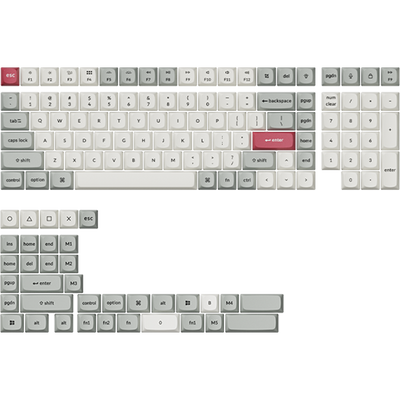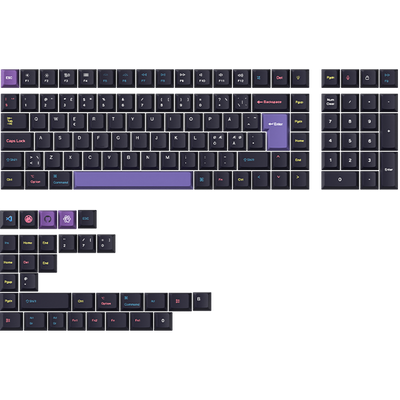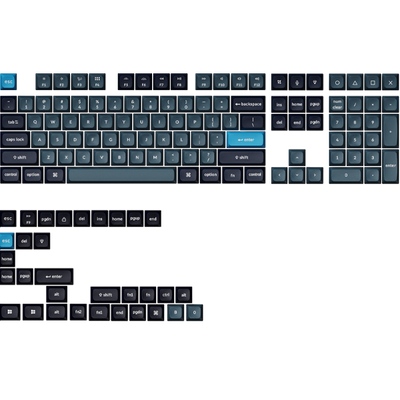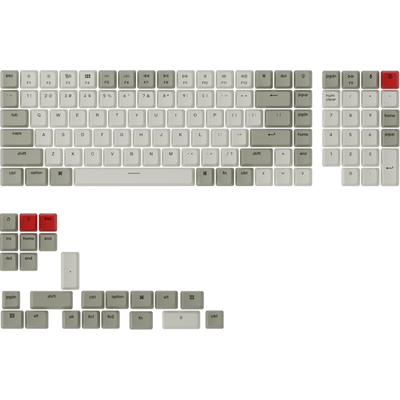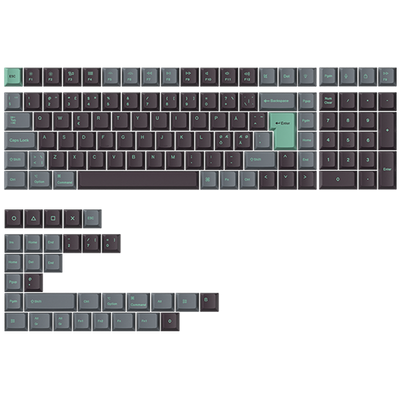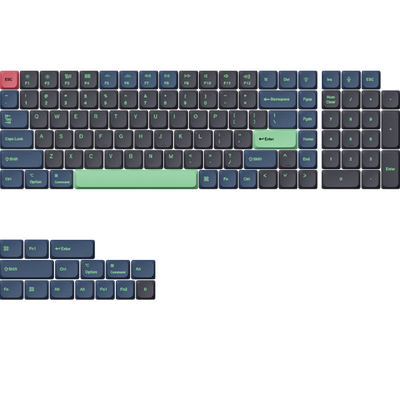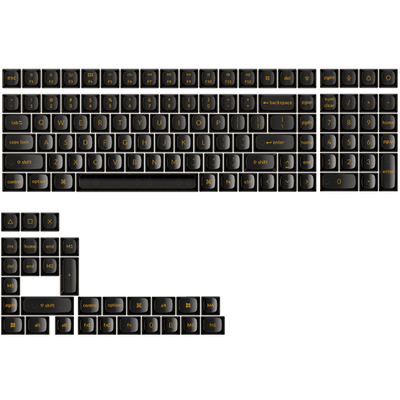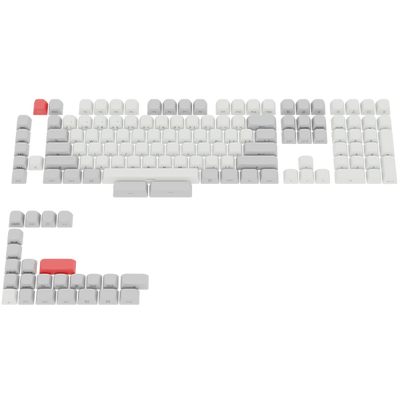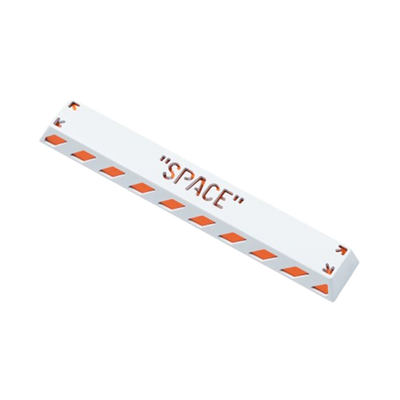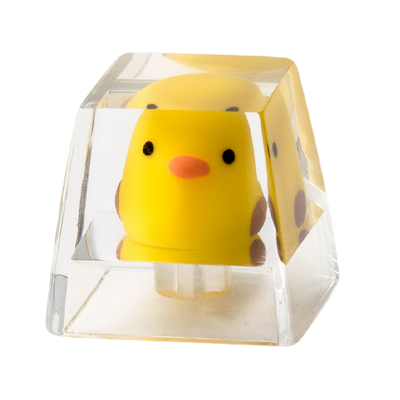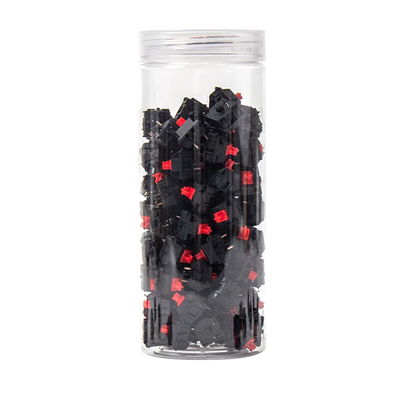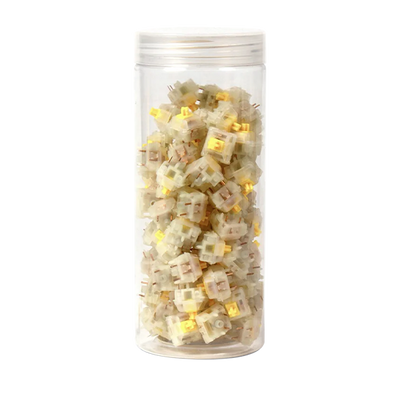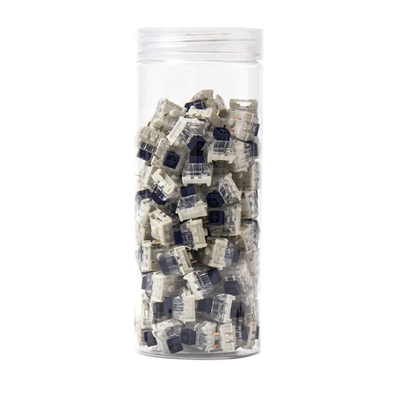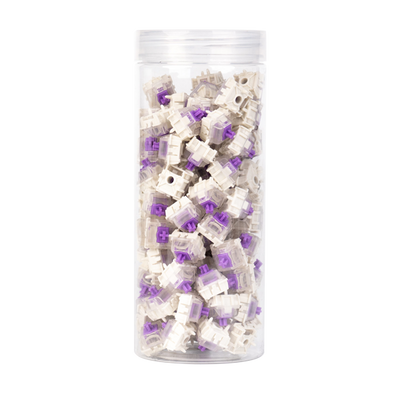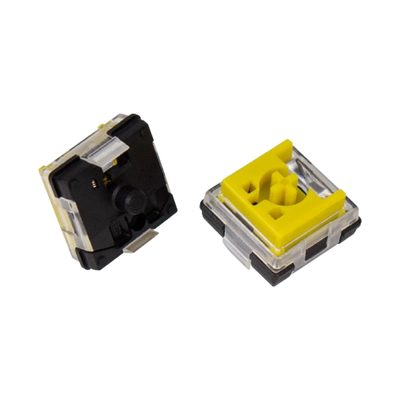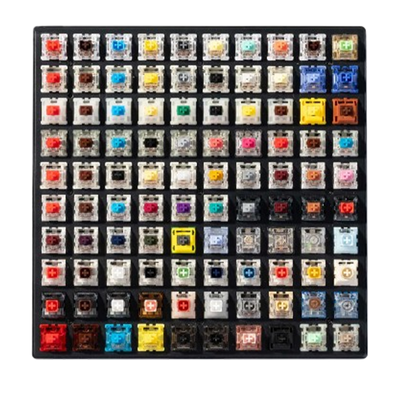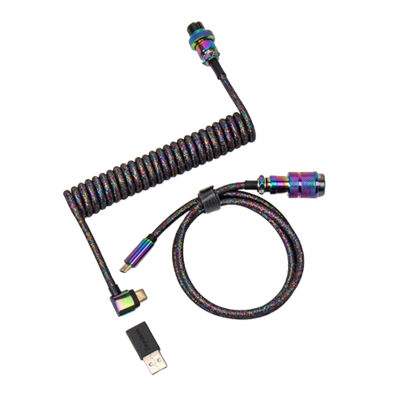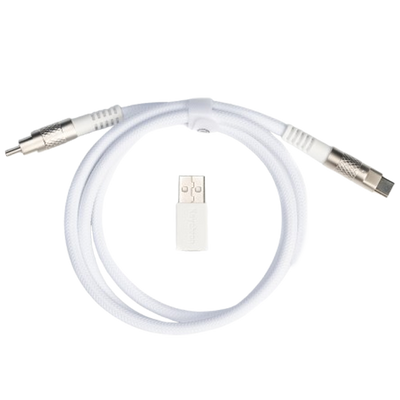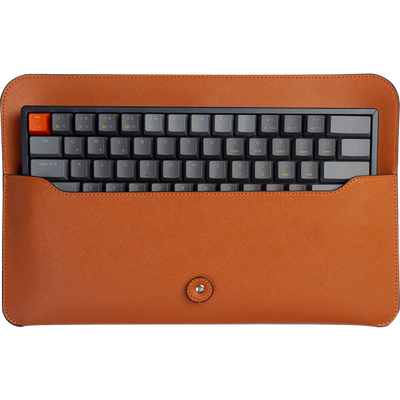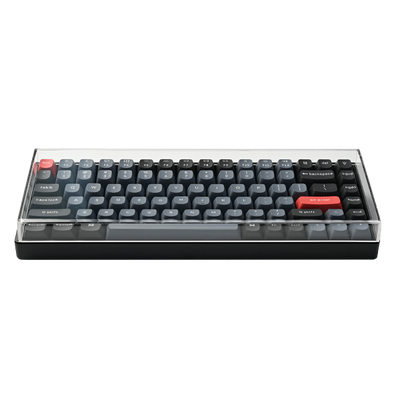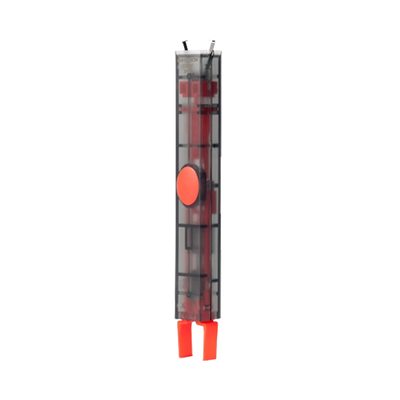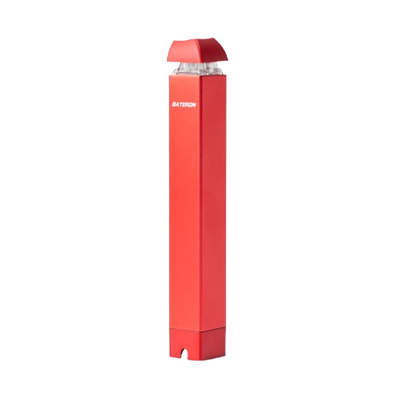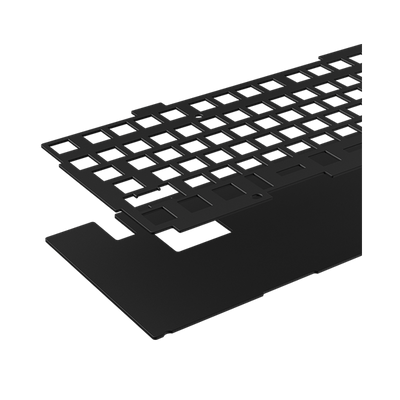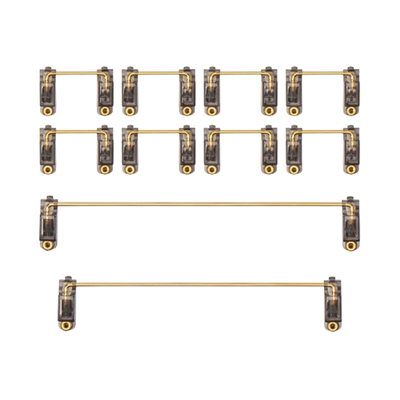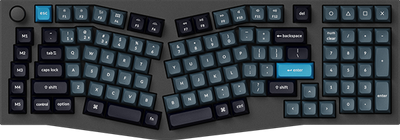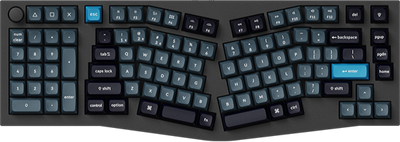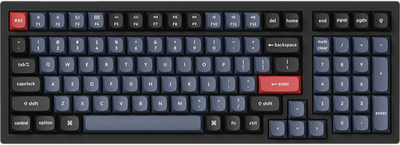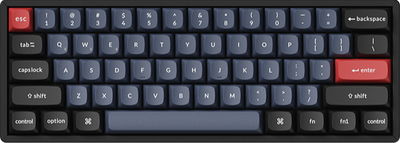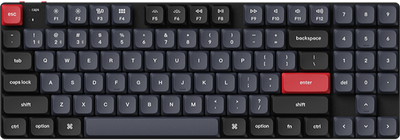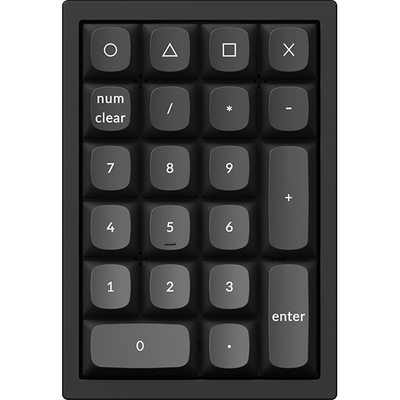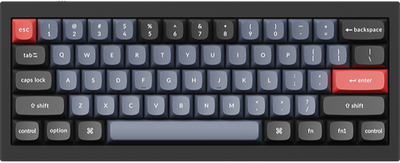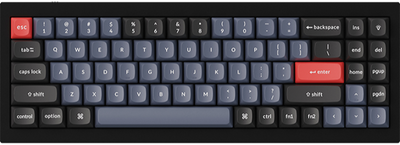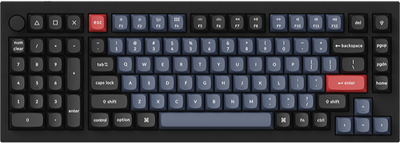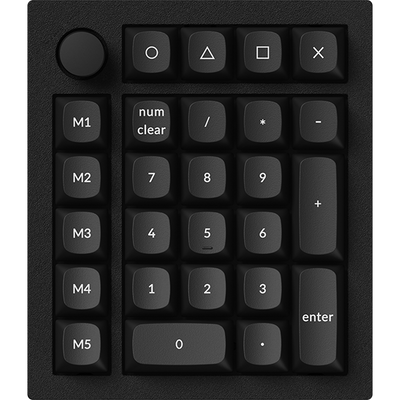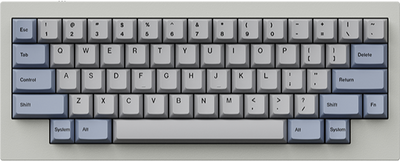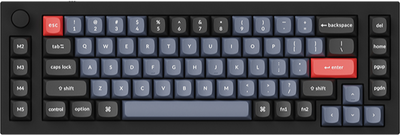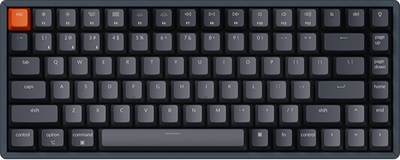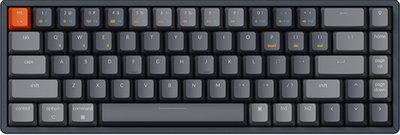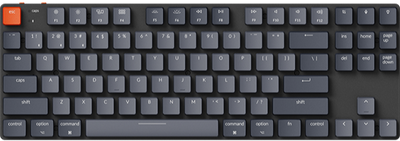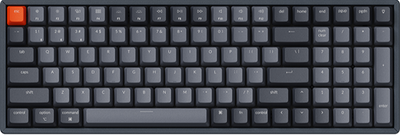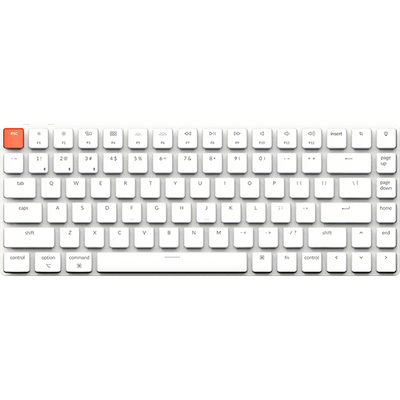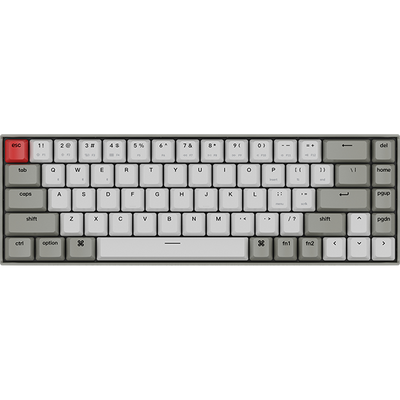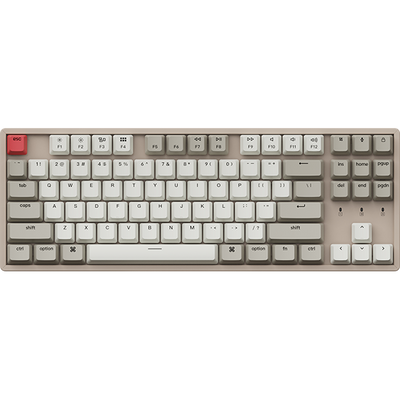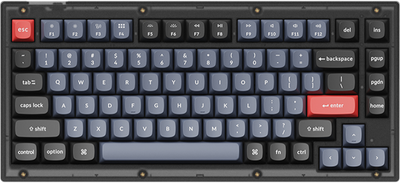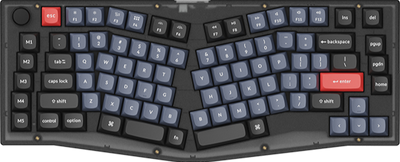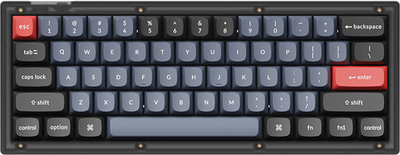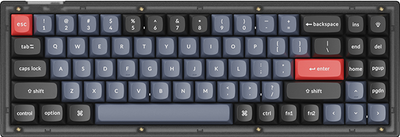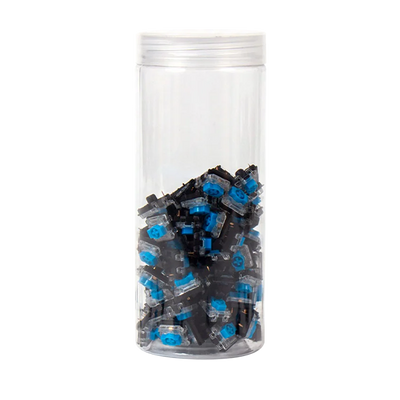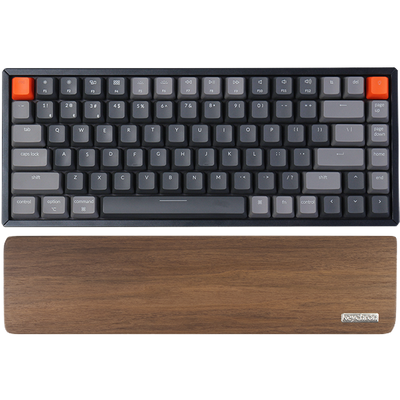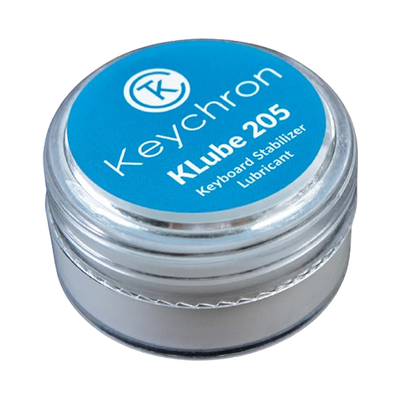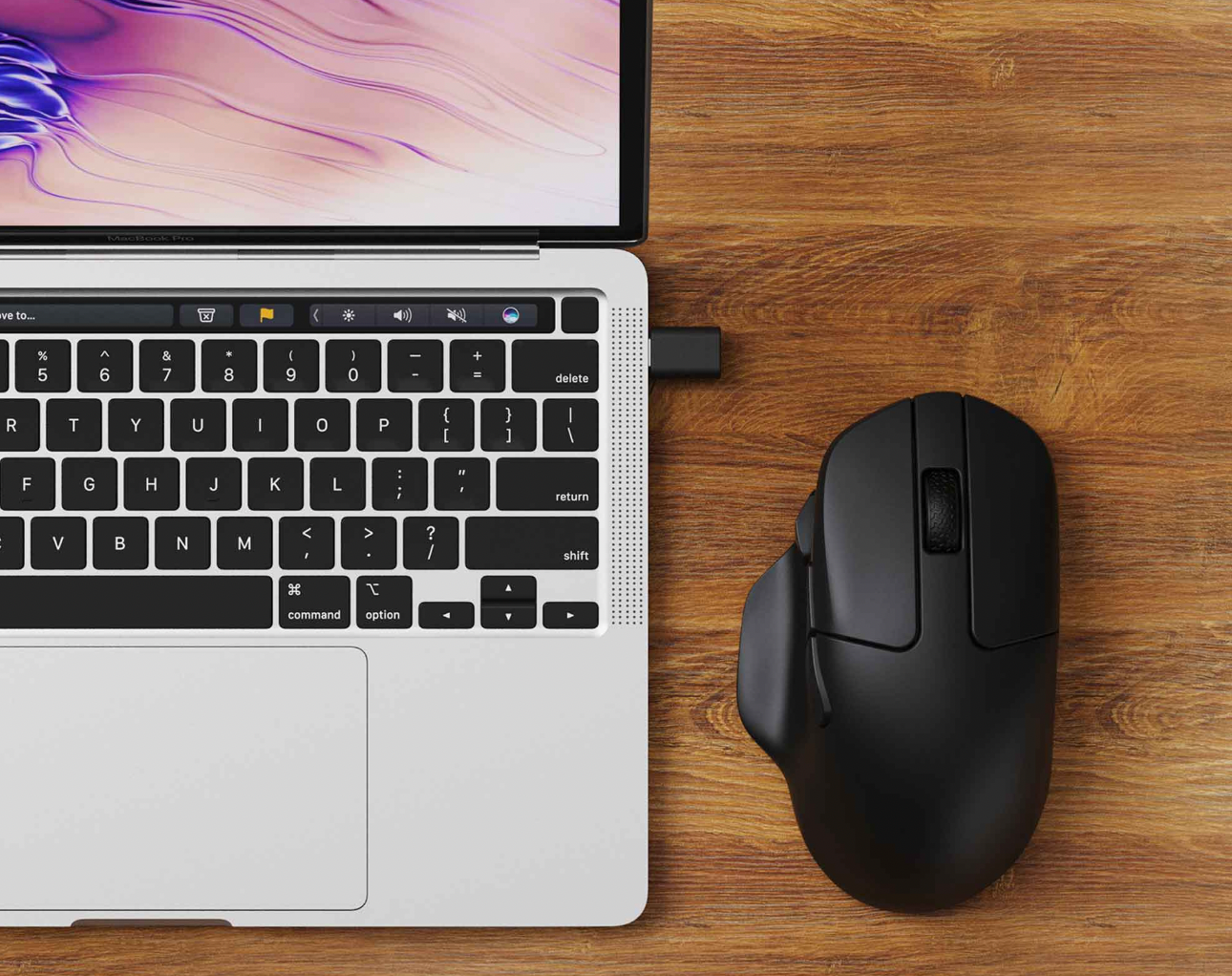If you want to know how to connect a wireless mouse to a laptop, you’re in the right place. Whether you have a wireless mouse or another brand, the process is quick and hassle-free.
To connect a wireless mouse to your laptop, you will either use a USB receiver or Bluetooth. If your mouse uses a USB receiver, simply plug it into a USB port on your laptop.
For Bluetooth mice, activate pairing mode by switching the toggle mode to Bluetooth, then turn on Bluetooth on your laptop and select the mouse from the list of available devices.
This simple setup works with Windows, Mac, and Chromebooks, giving you plenty of options no matter your device. Enjoy a tidier workspace and more freedom to move, without tangled cords.
In this guide, you’ll learn the easy steps for connecting your wireless mouse and get tips for troubleshooting common issues, so your laptop experience is smoother.
How To Connect A Wireless Mouse To A Laptop (Keychron User Guide)
You can use Bluetooth or a 2.4GHz USB receiver to connect a Keychron wireless mouse to your laptop. Both ways are quick and don’t need much tech know-how.
For Bluetooth connection:
- Switch on your Keychron mouse.
- Switch the toggle mode to Bluetooth (usually underneath the mouse).
- Open your laptop’s Bluetooth settings.
- Pick "Keychron M1" or your model name from the list.
- Click "Pair" and wait for the connection.
For 2.4GHz wireless:
- Plug the included USB receiver into a free USB port on your laptop.
- Turn on the mouse and make sure it’s set to 2.4GHz mode.
Tip: If you’re charging the mouse, try using a USB 3.0 port for faster speeds and a better signal.
|
Mode |
Steps To Connect |
Notes |
|
Bluetooth |
Pair in Bluetooth settings |
No dongle needed |
|
2.4GHz |
Insert USB receiver, switch mode |
Faster response, less lag |
|
Wired (optional) |
Plug in USB-C cable |
Can charge while using |
The Keychron M1 mouse will go into auto-sleep after 15 minutes of no use. Just move or click it to wake it up again.
If you want to customize your mouse, you can grab the Keychron driver software from Keychron. It works on both Mac and Windows.
You can use the mouse with Mac, Windows, Android, or iOS devices.
What You Need To Get Started
To connect a Keychron wireless mouse, you’ll need a few essentials. Having the right gear makes setup way smoother.
Compatible Keychron Mouse And Laptop
Check that your mouse and laptop are compatible. Most Keychron mice work with Windows, macOS, and Linux, but it’s smart to double-check your manual or the Keychron website.
Your laptop should have Bluetooth or at least one open USB-A or USB-C port for a receiver. Newer laptops, like some MacBooks, only have USB-C, so you might need an adapter if your mouse uses a USB-A receiver.
Tip: Keep your laptop’s operating system updated. Some wireless mice need the latest drivers or software to work right.
|
Mouse Type |
Bluetooth Laptop |
USB Receiver Laptop |
|
Bluetooth Mouse |
Yes |
Not needed |
|
USB Mouse |
No |
USB-A or USB-C port |
Batteries Or Charging Cable (If Needed)
Wireless mice need power, but how they get it can differ. Some Keychron mice use replaceable batteries, while others have built-in rechargeable batteries.
For rechargeable mice, you’ll need a USB-C or Micro-USB cable—just depends on your model.
Check the battery compartment or charging port before you start. If you use your mouse a lot, keeping spare batteries or a charging cable nearby saves you from annoying interruptions.
Fact: Lots of wireless mice last weeks on a single charge, but things like lighting or polling rate can drain the battery faster.
Bluetooth Or USB Receiver (Dongle)
Wireless mice connect by Bluetooth or with a USB receiver (dongle). Your Keychron mouse might have both options, but sometimes just one.
- Bluetooth Connection: If your laptop has Bluetooth, you don’t need a dongle. Just turn Bluetooth on and put the mouse in pairing mode—usually with a button underneath or on the side.
- USB Receiver: If you use a dongle, plug it into an open USB port. Some models use USB-A, others use USB-C. Picking the right port helps keep the connection solid.
Hang onto the USB receiver—losing it can make the mouse unusable in that mode. If your laptop doesn’t have a regular USB port, you’ll need a USB-C adapter.
Tip: Keep your mouse close to the laptop during setup for the best signal and less hassle.
Curious about which type of mouse fits your needs? Discover the pros and cons of each option in our article, Wired vs. Wireless Mouse: Which Is Best for You?
Connecting Your Keychron Wireless Mouse (Bluetooth Or USB Dongle)
You can connect your Keychron wireless mouse with Bluetooth or a USB receiver. Both ways are fast, but the steps are a bit different.
Step-By-Step Bluetooth Setup
- Switch the mouse to “B” for Bluetooth. Make sure it’s charged and turned on.
- On your laptop, open Bluetooth settings. Click “Add Device” or “Pair New Device.” Wait for the mouse (it might show as “Keychron M3” or similar) to pop up, then select it.
- If the mouse light blinks, it’s in pairing mode. Once paired, your laptop should say “Connected” or “Ready to use.”
Now you can use the mouse. Bluetooth keeps your USB ports open for other stuff.
Step-By-Step USB Receiver Setup
- Grab the USB receiver that came with your Keychron mouse. Plug it into a USB port on your laptop.
- Switch the mouse to “2.4G” or whatever mode it says underneath. Turn it on and wait a few seconds—your laptop should pick it up right away.
- If nothing happens, try moving the dongle closer to the mouse or use a different USB port. Some people use a USB extension cable to avoid signal issues.
- You might need to install drivers. Keychron has them on their website if you want more features. Most of the time, though, your laptop installs basic drivers automatically.
Quick Troubleshooting If Not Detected
If the mouse won’t connect, check if it’s powered on and charged. Switch modes and try pairing again.
For USB receivers, make sure the dongle is plugged in all the way. Test other USB ports too. If you’re using Bluetooth, double-check that your laptop’s Bluetooth works with other devices.
Move other wireless gadgets away from your mouse and receiver to avoid interference. Update or reinstall the mouse drivers if things still aren’t working.
Download the latest drivers from the Keychron website if you need to. If problems stick around, try restarting your laptop or resetting the mouse. Sometimes, you just get a dud and need help from Keychron support.
Switching Devices And Customizing Your Mouse
A wireless mouse really shines when you know how to switch between devices and tweak settings to fit your style. Swapping connections and changing things like DPI or button functions can make a big difference, especially if you’re always on the move.
How To Pair With Multiple Devices
Lots of wireless mice can connect to more than one device now. Switching between, say, a laptop and a tablet, gets pretty easy.
If your mouse has Bluetooth or a multi-device switch button, just press or hold it to change which device you’re using. For mice with a USB dongle, you’ll need to unplug and replug the dongle for each device.
- Enable Pairing Mode: Find the pairing button (usually on the bottom). Switch to the coprresponding mode until you see a flashing light.
- Connect on the Device: Open Bluetooth settings on your laptop, pick your mouse from the list, and hit connect.
- Repeat for More Devices: Check your manual for how many devices you can pair at once.
This is super handy if you work in different places or use several devices. With Bluetooth, you don’t have to keep track of a bunch of dongles.
Adjusting Settings For Performance
Tweaking your wireless mouse settings can make it more comfortable and efficient. Many mice let you change DPI (dots per inch), so you can pick how fast the pointer moves.
Higher DPI is great for quick moves or gaming, while lower DPI gives you more control for things like editing photos. Some mice have programmable buttons you can set to open apps, copy and paste, or do other stuff you do all the time.
- Adjustable DPI settings (sometimes with quick switches)
- Software to customize buttons and shortcuts
- Adjustable scroll speed or direction
Changing these things can help prevent hand strain and just make the mouse feel better, especially if you’re using different surfaces or traveling a lot.
Common Issues And Quick Fixes
Sometimes, your wireless mouse just won’t connect. Knowing how to fix common problems quickly can save you a lot of frustration.
Mouse Won’t Connect Or Isn’t Recognized
If your Keychron mouse isn’t showing up on your laptop, check if you’ve turned on the power switch. Make sure the batteries have juice or, if it charges with a USB cable, that it’s fully charged.
Bring the mouse closer to your laptop. Remove any gadgets nearby that might mess with the wireless signal.
Plug the USB receiver into a working port. If it doesn’t work, try other ports.
Test the receiver in another computer to see if the mouse or the laptop’s the problem. If it connects to another laptop, you might need to update your drivers or tweak some settings.
Check for system updates while you’re at it. Sometimes, it’s just a software thing.
Try the steps in this quick troubleshooting checklist:
|
Step |
What To Do |
|
Check power |
Ensure the switch is ON and battery is good |
|
Re-seat receiver |
Unplug and replug the USB receiver |
|
Move closer |
Reduce distance between mouse and laptop |
|
Test on another device |
See if it works on a different computer |
|
Update drivers |
Download latest mouse drivers |
Resetting Your Keychron Mouse
Keychron mice have a reset function that can fix a lot of connection issues. To reset, turn the mouse off, wait about ten seconds, then hold the pairing button (if it has one) while turning it back on.
Some models need you to hold specific buttons when restarting, so check the manual for your model. After resetting, try pairing it again like usual.
If the mouse’s software acts up or Bluetooth just disappears, resetting usually helps. Still having trouble? Head to the Keychron support page and look for firmware updates.
When To Contact Keychron Support
If nothing works after all that, it’s probably time to contact Keychron support. Issues like no power even with fresh batteries, broken switches, or a dead receiver usually need a pro to look at it.
Before you reach out, grab your mouse model, when you bought it, and jot down what’s been happening. List the steps you’ve tried—that helps support get to the bottom of it faster.
You’ll find contact info and warranty details on the Keychron website. Sometimes, if you’re still under warranty, they’ll offer a replacement.
Final Thoughts
Connecting a wireless mouse to your laptop, especially a Keychron model, is fast and easy with the right steps. Whether you use Bluetooth or a USB receiver, you’ll be up and running in just a few clicks. If you run into any issues, simple troubleshooting tips can get you back on track quickly.
Now that you know how to connect a wireless mouse to a laptop, you can enjoy more freedom and comfort while working or playing. Remember, a wireless mouse can make your laptop experience smoother and more fun.
Not sure which sensor technology is right for you? Learn the differences and find your perfect match by reading our guide, Laser vs Optical Mouse: Which One Should You Choose?
Also, pair your mouse with a seamless typing experience. Explore our curated wireless mechanical keyboard collection for the ultimate setup.
Frequently Asked Questions
How do I get my laptop to recognize my wireless mouse?
First, double-check that the mouse has working batteries. Plug in the USB receiver—or, if it’s Bluetooth, turn Bluetooth on your laptop.
Open your laptop’s device settings and look for new hardware. If you don’t see the mouse, try unplugging the receiver and plugging it into a different USB port.
How do I connect my wireless mouse to my laptop wirelessly?
For Bluetooth mice, turn on the mouse and make sure Bluetooth is enabled on the laptop. Open your Bluetooth settings.
Click “Add device” and pick your mouse from the list. Confirm pairing if it asks. Some mice use a USB receiver—just plug it in and it should connect right away.
Where is the pairing button on a wireless mouse?
You’ll usually find the pairing button on the bottom or side of the mouse, sometimes labeled “connect” or with a Bluetooth icon.
Press and hold it until a light starts blinking. That means the mouse is ready to pair with your laptop.
How do I connect a wireless mouse to my laptop without USB?
If you don’t have a USB receiver, you’ll need a Bluetooth mouse. Make sure Bluetooth is on for both the laptop and the mouse.
Put the mouse in pairing mode by switching the mode toggle to Bluetooth. Head to your laptop’s Bluetooth settings, find your mouse, and select it to connect.
Why is my laptop not recognizing my mouse?
Usually, it’s dead batteries, the mouse isn’t on, or the USB port’s not working. Sometimes, the mouse and laptop just aren’t paired right.
Try new batteries, a different USB port, or re-pair the Bluetooth connection. Check if your device driver needs an update in your computer’s settings.
Will a wireless mouse work with any laptop?
Most wireless mice connect to any laptop with a USB port for a receiver or built-in Bluetooth.
If you want to skip the receiver, double-check your laptop’s specs to see if it has Bluetooth. That’s usually in the settings or the manufacturer’s website, but sometimes it’s just easier to Google your laptop model.
You typically don’t need special software.
Some high-end mice have extra features, though, and those might need drivers or software from the manufacturer.


